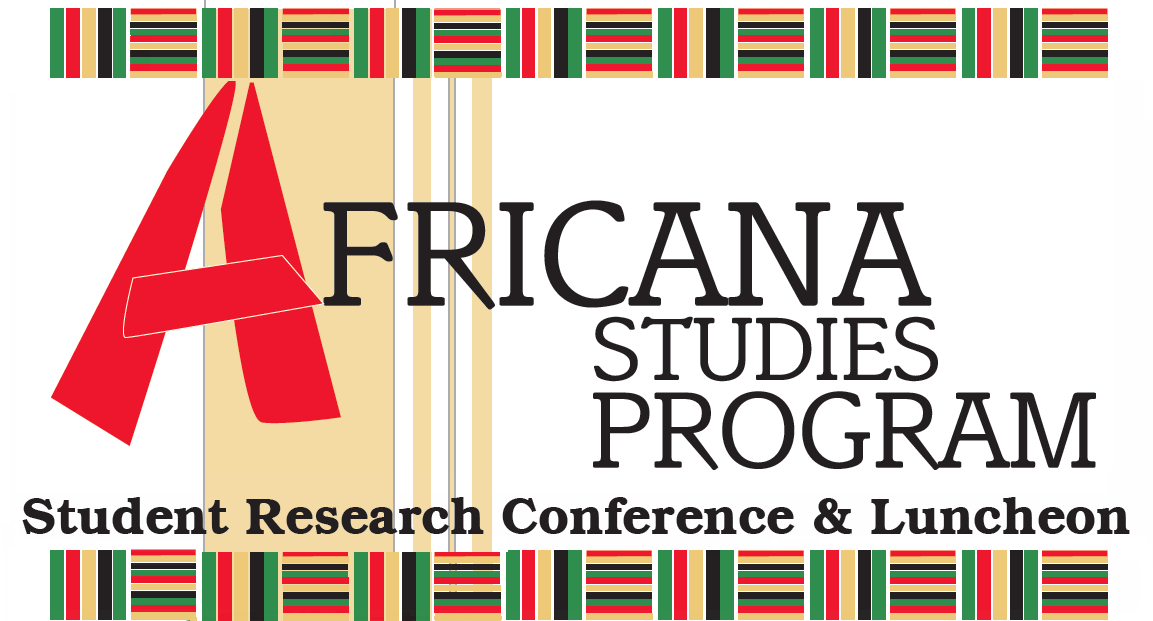Degree Program
Undergraduate
Major
Art History & Visual Culture; French
Abstract
This paper focuses on the dichotomous relationship of race relations and visual culture in the American South, with a particular focus on the shooting of nine black Americans at Mother Emanuel African Methodist Episcopal Church in Charleston, South Carolina, on June 17, 2015 by Caucasian South Carolinian Dylann Roof. Prior to the shooting, Roof posted images of himself posed in front of various Confederate landmarks in South Carolina to online social media platforms. Using these images as evidence, I contend that Roof’s racist motivation for the crime was, in part, fostered by the surrounding environment that memorializes fallen Confederate soldiers as heroes of a lost cause. This commemoration takes the form of monuments, historical landmarks, and urban geographical markers. Mother Emanuel AME Church is itself a landmark, one that represents the history and resilience of black religion in the United States and stands as an important testament to this history in the physical cityscape of Charleston. I argue that the images of Roof in front of Confederate landmarks and the role of the church as a landmark incited a response from Black Lives Matter activists that engaged many similar spaces, including the tagging of “Black Lives Matter” in spray paint on several Confederate statues. As Dylann Roof currently stands trial for hate crimes and obstruction of religion, amongst other charges, this paper is particularly pertinent today. It makes explicit the connection between symbolic urban landscapes and modern day civil rights movements while challenging the one-sided commemoration of the Confederacy throughout the American South, which has traditionally exalted the Confederacy and excluded the voices of black Americans.
Start Date
24-2-2017 3:00 PM
End Date
24-2-2017 4:20 PM
Included in
Monuments, Movements, & Memory: The Visual and Spatial Implications of the Shooting at Emanuel African Methodist Episcopal Church
This paper focuses on the dichotomous relationship of race relations and visual culture in the American South, with a particular focus on the shooting of nine black Americans at Mother Emanuel African Methodist Episcopal Church in Charleston, South Carolina, on June 17, 2015 by Caucasian South Carolinian Dylann Roof. Prior to the shooting, Roof posted images of himself posed in front of various Confederate landmarks in South Carolina to online social media platforms. Using these images as evidence, I contend that Roof’s racist motivation for the crime was, in part, fostered by the surrounding environment that memorializes fallen Confederate soldiers as heroes of a lost cause. This commemoration takes the form of monuments, historical landmarks, and urban geographical markers. Mother Emanuel AME Church is itself a landmark, one that represents the history and resilience of black religion in the United States and stands as an important testament to this history in the physical cityscape of Charleston. I argue that the images of Roof in front of Confederate landmarks and the role of the church as a landmark incited a response from Black Lives Matter activists that engaged many similar spaces, including the tagging of “Black Lives Matter” in spray paint on several Confederate statues. As Dylann Roof currently stands trial for hate crimes and obstruction of religion, amongst other charges, this paper is particularly pertinent today. It makes explicit the connection between symbolic urban landscapes and modern day civil rights movements while challenging the one-sided commemoration of the Confederacy throughout the American South, which has traditionally exalted the Confederacy and excluded the voices of black Americans.


